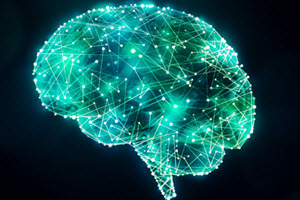 Source: psypost.org | Repost Duerson Fund 12/12/2022 –
Source: psypost.org | Repost Duerson Fund 12/12/2022 –
An analysis of data from five large-scale studies found somewhat lower white matter fractional anisotropy in certain regions of the brain in persons diagnosed with attention deficit hyperactivity disorder (ADHD). Fractional anisotropy is generally considered an indicator of connectivity in the brain. Similar microstructural anomalies were not present for anxiety, mood, or externalizing problems. The study was published in Biological Psychiatry.
Attention deficit hyperactivity disorder or ADHD is one of the most common neurodevelopmental disorders of childhood. Children with ADHD may be prone to acting without thinking about what the results may be, have trouble paying attention, and are generally overactive.
Recently, researchers started seeing ADHD as a disorder of brain connectivity where specific “white matter tracts that form structural connections in the brain underlie disruptions in large-scale brain systems that are tied to symptoms.” The evidence for this concept mostly comes from studies demonstrating differences in markers of brain white matter microstructure associated with ADHD. However, there is little consensus on the exact regions of the brain these differences are located in.
